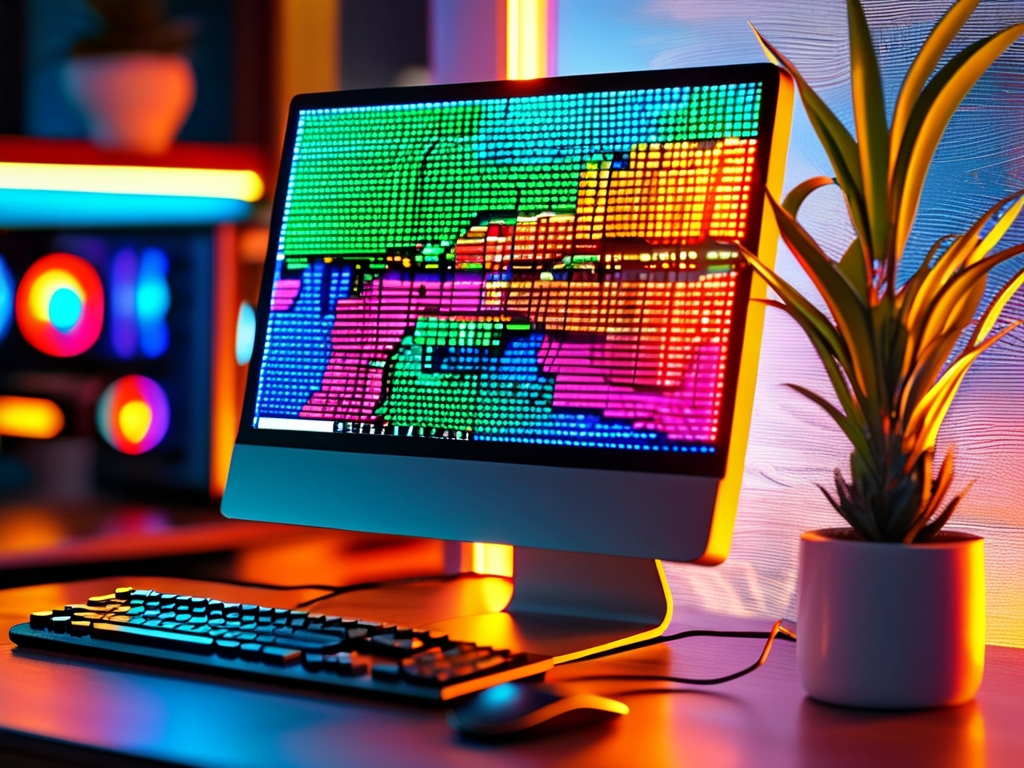Virtual memory is a critical component of modern computing systems, allowing computers to compensate for physical memory (RAM) limitations by using disk space as an extension. Adjusting virtual memory settings can optimize system performance, resolve memory-related errors, and enhance multitasking capabilities. This guide provides a detailed walkthrough for modifying virtual memory on Windows and macOS systems, along with best practices and troubleshooting tips.

Understanding Virtual Memory
Virtual memory acts as a "backup" when RAM becomes insufficient. When applications exceed available physical memory, the operating system (OS) temporarily transfers inactive data from RAM to a designated area on the storage drive, called the paging file (Windows) or swap space (macOS). While virtual memory prevents crashes, overreliance on it can slow down performance due to slower read/write speeds of hard drives compared to RAM.
When to Adjust Virtual Memory
- Frequent "Low Memory" Warnings: If your system struggles with multitasking or displays memory-related errors, increasing virtual memory may help.
- Running Memory-Intensive Applications: Software like video editors or virtual machines often require substantial memory allocation.
- Optimizing for SSDs vs. HDDs: Solid-state drives (SSDs) handle virtual memory more efficiently than traditional hard disk drives (HDDs). Adjusting settings based on your hardware can yield performance gains.
Modifying Virtual Memory on Windows
Step 1: Access System Settings
- Right-click the Start menu and select System.
- Click Advanced system settings on the right panel.
Step 2: Open Virtual Memory Configuration
- Under the Advanced tab, click Settings in the Performance section.
- Navigate to the Advanced tab again and select Change under Virtual Memory.
Step 3: Customize Settings
- Uncheck Automatically manage paging file size for all drives.
- Select your primary drive (usually C:), then choose Custom size.
- Enter Initial size (MB) and Maximum size (MB). Microsoft recommends setting the maximum size to 1.5–3 times your physical RAM. For example, with 8 GB RAM, set a maximum of 12,288–24,576 MB.
- Click Set and OK, then restart your computer.
Note: Avoid setting the initial size too low, as this may cause fragmentation. For SSDs, ensure the paging file doesn’t exceed 10% of the drive’s capacity to prevent excessive wear.

Adjusting Swap Space on macOS
macOS automatically manages virtual memory, but advanced users can influence its behavior:
- Terminal Commands: Use commands like
sudo nvram boot-args="vm_compressor=2"to tweak memory compression (requires disabling System Integrity Protection). - Third-Party Tools: Apps like Memory Cleaner allow manual purge of inactive memory.
- Upgrade RAM: Since macOS limits swap space customization, adding physical RAM is often more effective.
Best Practices
- Monitor Usage: Tools like Windows Task Manager or macOS Activity Monitor reveal memory usage patterns.
- Avoid Over-Allocation: Excessively large paging files waste disk space and may degrade SSD lifespan.
- Regular Maintenance: Defragment HDDs (if used for virtual memory) and ensure adequate free space.
Troubleshooting Common Issues
- "Not Enough Virtual Memory" Errors: Increase the paging file size or close unnecessary applications.
- Slow Performance After Adjustment: Revert to system-managed settings or test smaller increments.
- Disk Errors: Run disk checks (e.g.,
chkdskon Windows) to rule out storage drive issues.
Adjusting virtual memory is a powerful yet often overlooked method to enhance system stability. While modern OSes handle memory management reasonably well, manual tweaks can address specific workloads or hardware constraints. Always back up data before modifying system settings and prioritize upgrading physical RAM for long-term solutions. By understanding and optimizing virtual memory, users can breathe new life into older machines or maximize the efficiency of newer systems.




